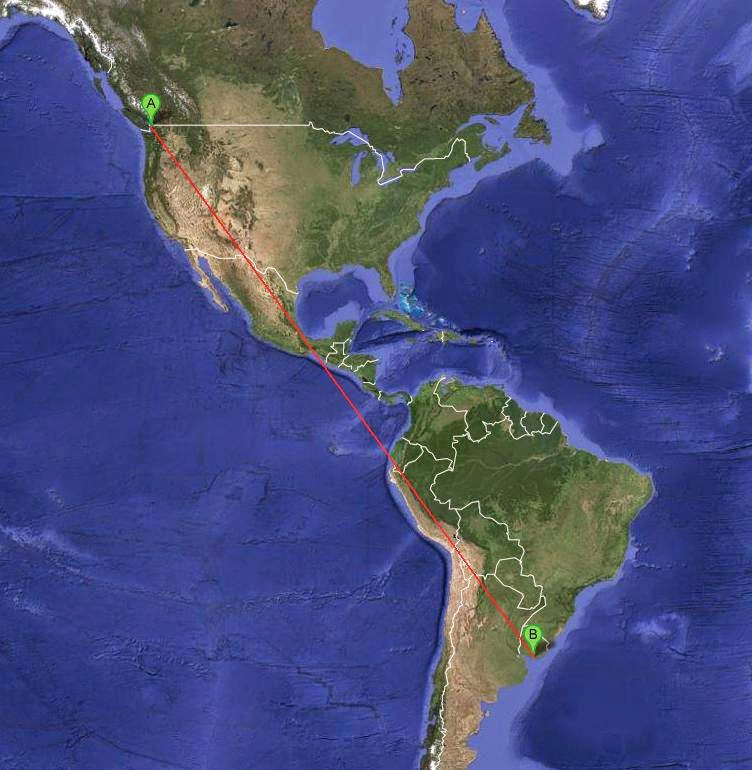 Solar Flare Magic
Solar Flare Magic
 |
| Courtesy: http://www.noaa.gov/ |
Cycle 24 continues to behave like few others! The slowly-decaying cycle released a major solar flare at 2247 UTC Friday....afternoon on the west coast. Topping-off at X3.1, it was the sixth-strongest of the cycle and originated from sunspot 2192, the largest in the past 24 years.
 |
| Courtesy: http://www.noaa.gov/ |
Since then, there have been three more major flares from this same region, one at X1.0 (on Saturday) and the most recent (this morning) at X2.0. Oddly enough, none of these flares have produced CME's as little plasma release has been detected. Any associated auroral events will be very weak or unlikely in spite of region 2192 being geoeffectively positioned at the time of the flares.
However, the near light-speed arrival of Friday's emitted UV radiation caused a fast rise in the muf as spotty signals from various regions of South America were soon being heard on 6m in North America.
The most prominent signal was that of CX7CO (Carlos), in Montevideo, Uruguay. Thanks to the ever-alert KE7V, who posted news of the sudden arrival of Carlos, he was widely worked around North America including the west coast, a region that is usually left-out of the action. Known to have worked Carlos from here were myself, VE7XF, VE7DAY, KE7V, K7CW and possibly others outside of my hearing range. Shortly after working the west coast, Carlos was heard working JA's as his signal became weaker.
The distance from Mayne Island to Montevideo is 11,425km (7100 miles), which would tend to indicate that the contacts were a result of F2 propagation. Some have suggested a Sporadic-E-to-TEP link but I have my doubts...several 'TEP markers' were not present and there were no signs of any Es activity from this area. Although his signal peaked at 569, it is not uncommon for F2 signals to be weak, unlike the bone-crushing levels they can sometimes reach.
 |
| Courtesy: https://maps.google.ca/ |













